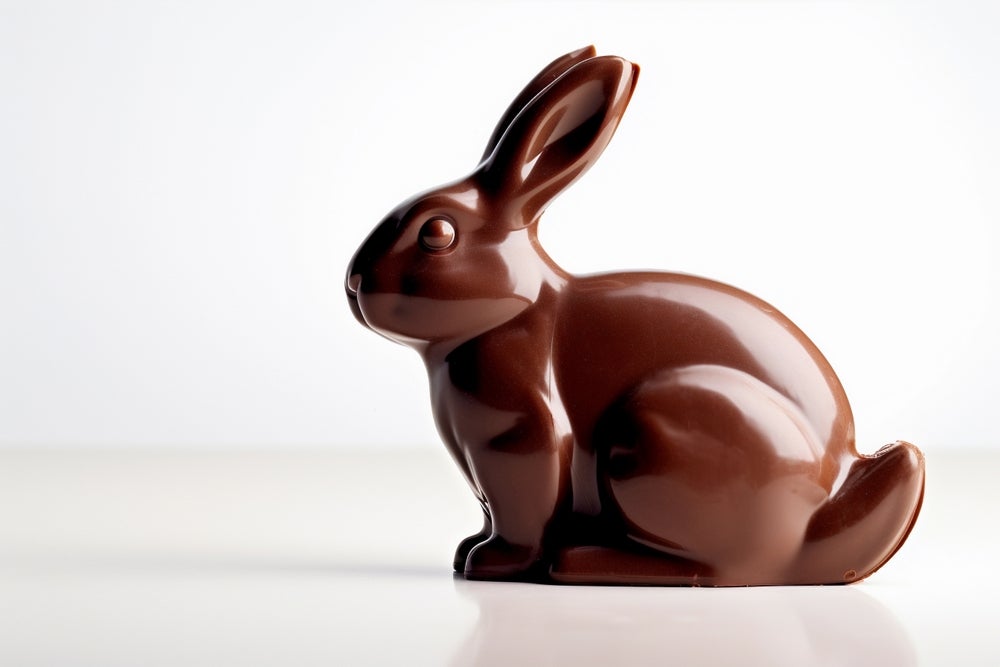The Sweet Price of Tariffs: How Climate Change and Trade Policies Are Driving Up Easter Candy Costs
As Easter approaches, American consumers are bracing for sticker shock at the checkout aisle, with chocolate bunnies, jelly beans, and other seasonal treats becoming unexpectedly expensive. A combination of Trump-era tariffs on imported cocoa and sugar, coupled with climate change disrupting global cocoa production, has transformed holiday confections into luxury items. Industry analysts project price increases of 10-15% compared to last year, forcing families to rethink their festive spending.
The Bitter Reality Behind Chocolate Inflation
The cost of cocoa—the backbone of Easter chocolates—has surged to 46-year highs, with futures reaching $5,874 per metric ton in February 2024. This spike stems from a perfect storm of factors:
- West African drought: Ghana and Ivory Coast, producing 60% of global cocoa, saw yields drop 30% due to extreme weather
- Section 301 tariffs: The 25% levy on EU chocolates (implemented in 2019) continues to ripple through supply chains
- Labor shortages: COVID-19 aftershocks and child labor reforms reduced harvesting capacity
“This isn’t just about paying more for your chocolate egg—it’s a warning sign about our fragile global food systems,” explains Dr. Elena Rodriguez, agricultural economist at Cornell University. “When climate volatility meets protectionist trade policies, everyday consumers bear the cost.”
Trade Wars Reshape the Candy Aisle
The Trump administration’s tariffs, originally targeting $7.5 billion in EU goods including chocolates, were meant to protect domestic manufacturers. However, the policy had unintended consequences:
- U.S. candy makers faced 25% higher costs for specialty chocolates unavailable domestically
- Retailers absorbed some costs initially, but now pass them to consumers
- Small chocolatiers report profit margins shrinking by 18-22% since 2020
Mars Wrigley and Hershey have adjusted recipes, with some products containing 10% less cocoa than pre-tariff formulas. “We’re seeing more ‘chocolate-flavored’ rather than pure chocolate items,” notes grocery analyst Mark Henderson. “The $5 chocolate bunny may soon become the norm rather than the exception.”
Climate Change Melts Cocoa Production
While tariffs compound pricing pressures, climate change remains the dominant factor. The International Cocoa Organization reports:
| 2023 Global Cocoa Production | 4.45 million tons (shortfall of 650,000 tons) |
| Projected 2024 Deficit | 800,000+ tons |
| Cocoa Farmland Lost Since 2000 | 17% in Ivory Coast |
Rising temperatures have pushed suitable cocoa cultivation areas uphill at a rate of 10-15 meters annually in West Africa. Meanwhile, heavier rainy seasons promote black pod disease, which destroys up to 30% of regional crops.
Consumer Adaptation and Alternative Options
Faced with higher prices, shoppers are employing various strategies:
- Downsizing: Opting for 4oz bunnies instead of 8oz
- Early purchasing: Buying before March price hikes
- Alternative treats: Switching to marshmallow or gummy candies less affected by cocoa costs
“We’re encouraging customers to think beyond chocolate,” says Whole Foods category manager Lisa Tran. “Organic fruit snacks and honey-based candies are seeing 40% more interest this season.”
The Future of Holiday Treats
Industry experts predict sustained pressure on candy prices through 2026, with three potential scenarios:
- Continued inflation: Cocoa prices rising another 20% if West African rains underperform
- Recipe revolution: More products using cocoa extenders like vegetable fats
- Trade policy shifts: Potential tariff reductions depending on election outcomes
The Candy Manufacturers Association urges policymakers to consider temporary tariff suspensions during peak seasons. “Easter and Halloween candies aren’t luxury goods—they’re cultural traditions,” argues CMA president John Downs. “We need balanced solutions that consider both trade interests and family budgets.”
As climate change and trade policies continue to reshape the global food landscape, consumers may need to adjust expectations around seasonal treats. For those determined to maintain traditions, experts recommend buying early, comparing unit prices, and considering homemade alternatives. The true cost of these sweet indulgences now reflects broader economic and environmental challenges—a reality that won’t melt away after the holiday passes.
See more Business Focus Insider Team

